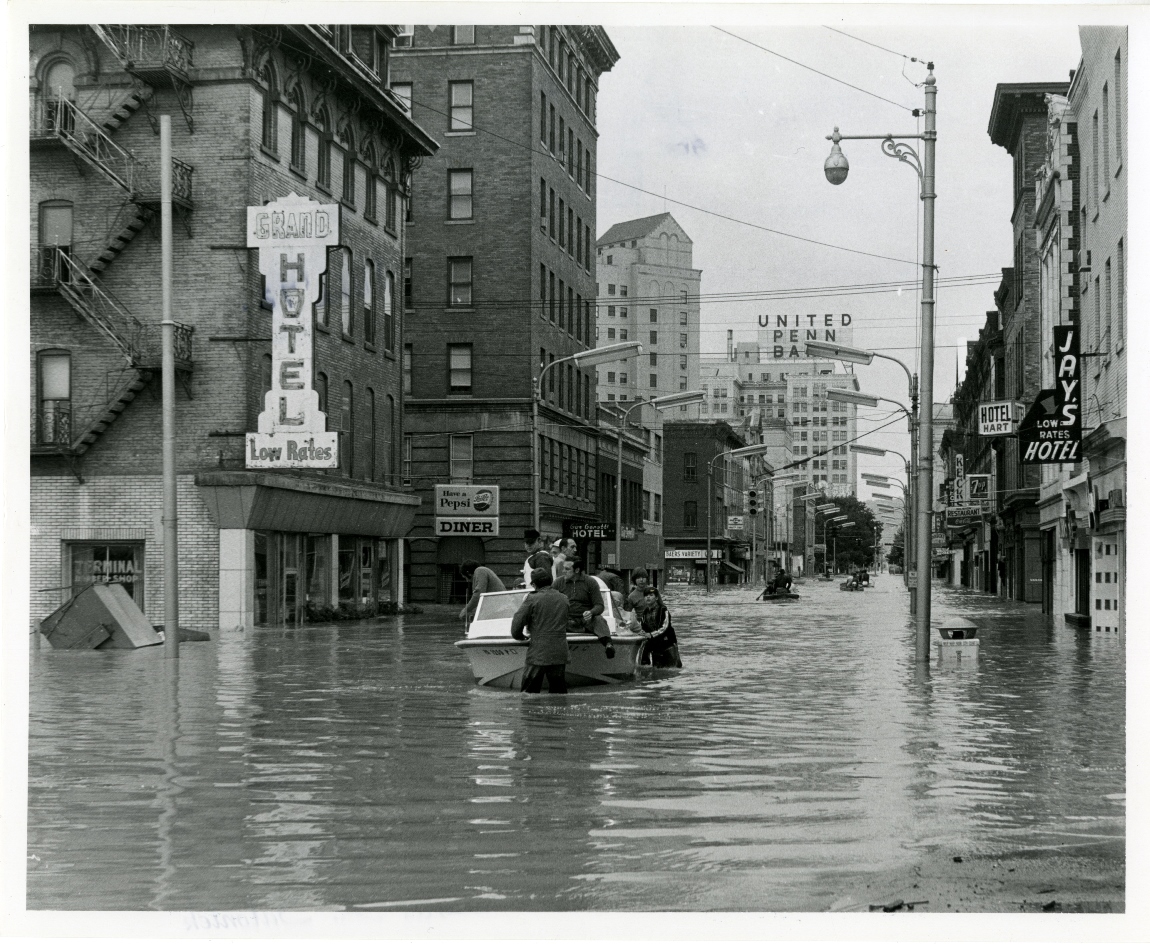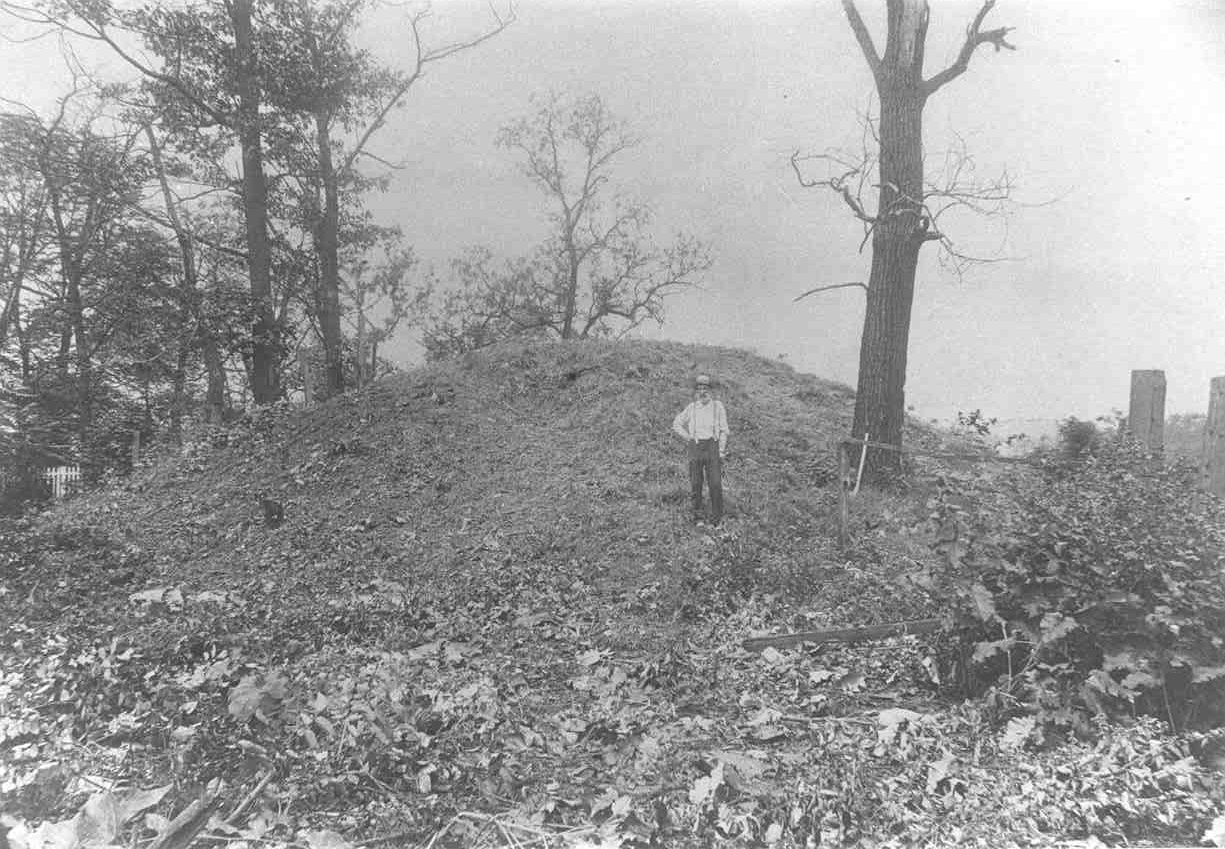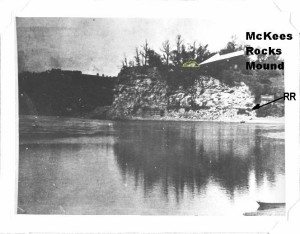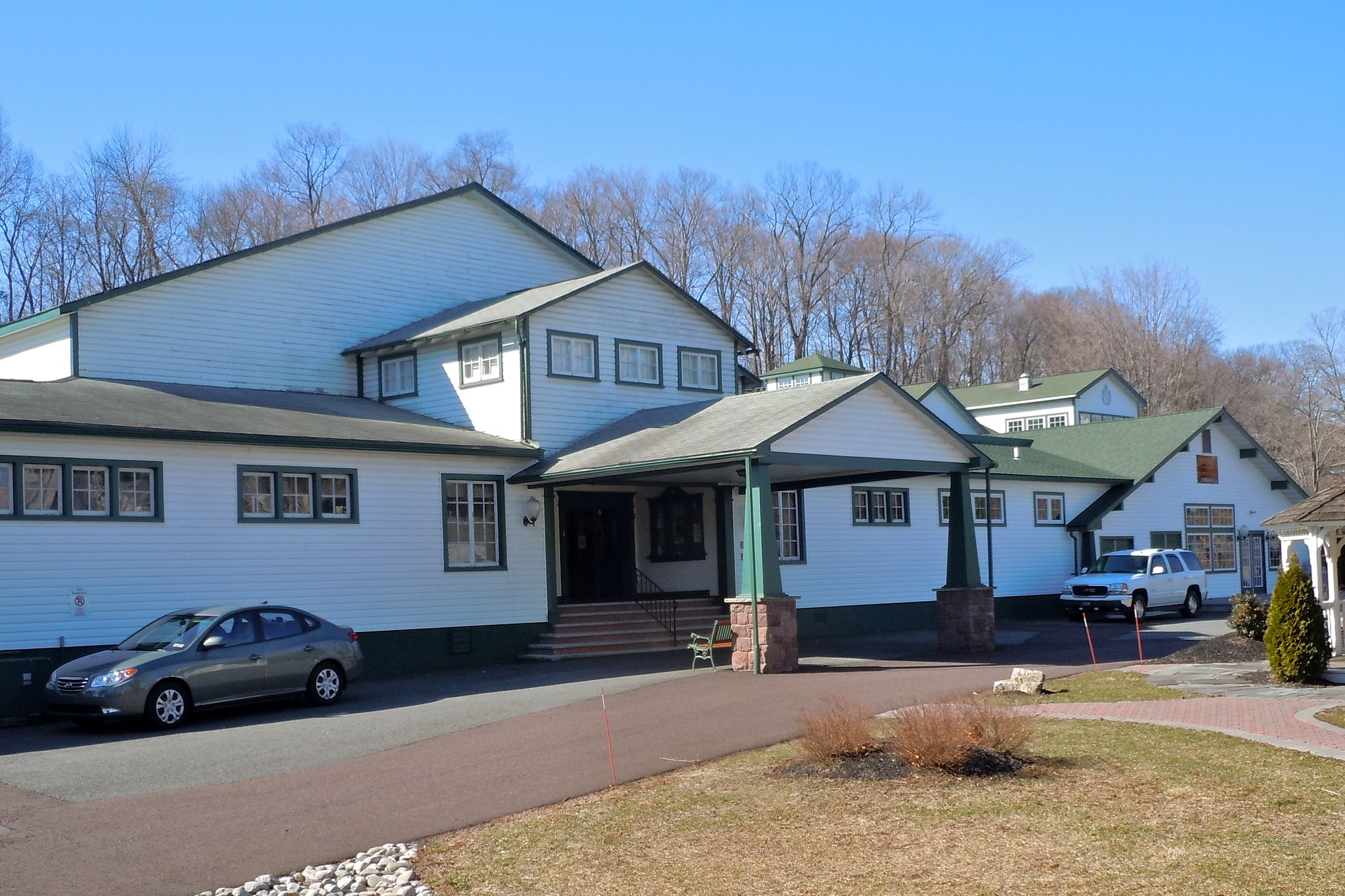Staff from the PA State Historic Preservation Office were on location at the Pennsylvania State Association of Township Supervisors’ (PSATS) 93rd Annual Educational Conference and Trade Show in Hershey, Dauphin County, from April 19-21 to promote the Commonwealth’s new Disaster Planning for Historic Properties Initiative and to convey the importance of considering the impacts of a variety of natural disaster types upon historic resources. Continue reading






Recent Comments